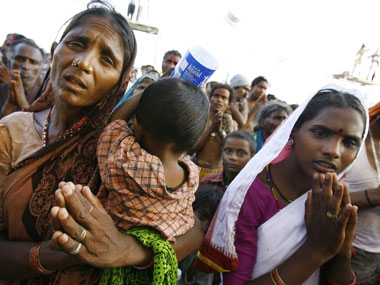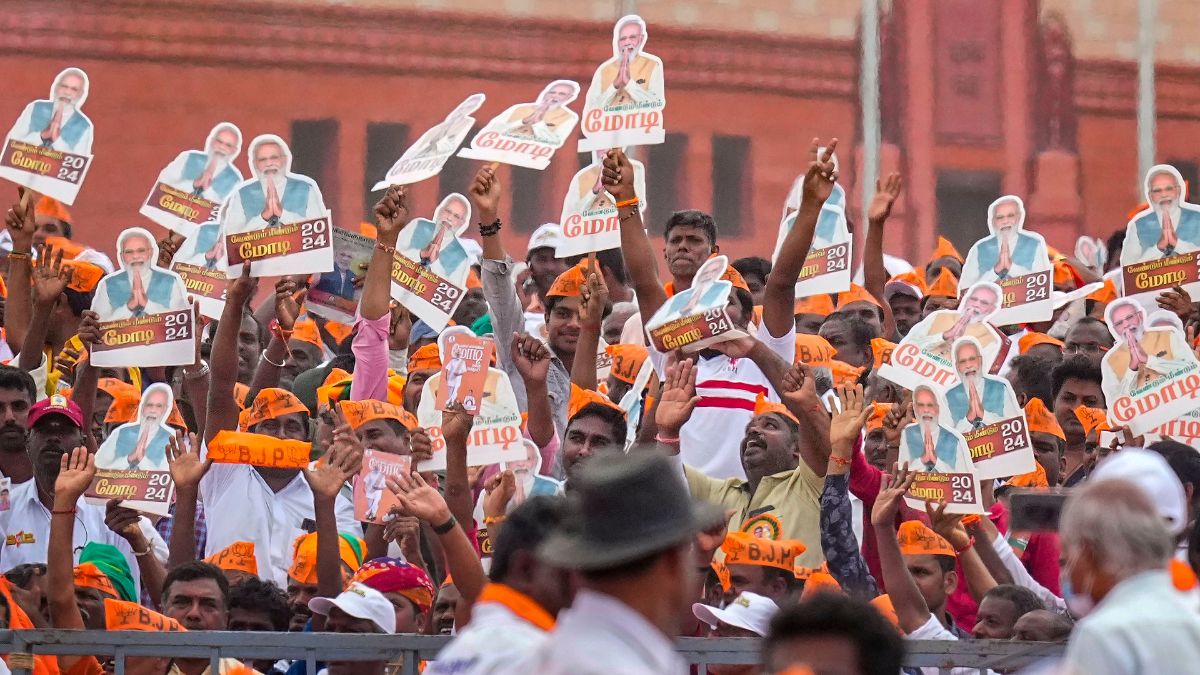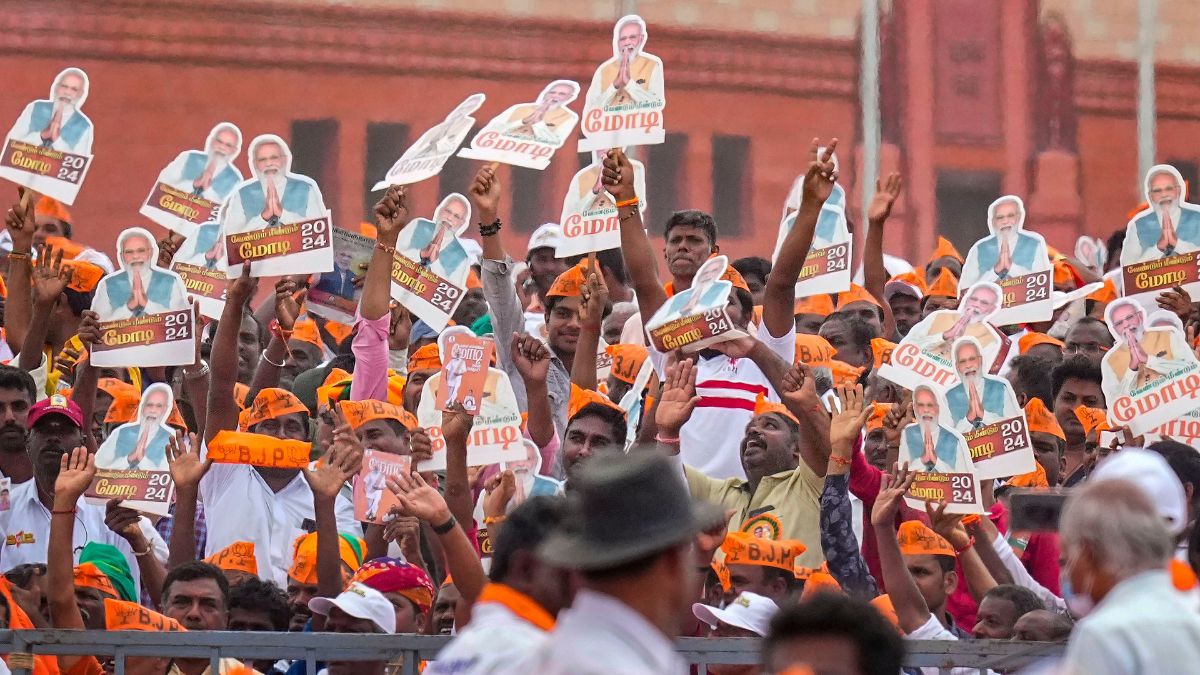By Alison Saldanha & Chaitanya Mallapur
Mumbai: Over the decade to 2016, crime rate against dalits rose by 25 percent; from 16.3 crimes per 100,000 Dalits reported in 2006, to 20.3 crimes in 2016, according to an IndiaSpend analysis of 2016 National Crime Records Bureau (NCRB) data, the latest available.
Meanwhile, the crime rate against Adivasis or scheduled tribes declined by 9 percent, from 6.9 crimes per 100,000 Adivasis in 2006 to 6.3 crimes in 2016.
However, cases pending police investigation for both marginalised groups has risen by 99 percent and 55 percent respectively, while the pendency in courts has risen by 50 percent and 28 percent, respectively. The conviction rates for crime against SCs and STs have fallen by 2 percentage points and 7 percentage points, respectively, to 26 percent and 21 percent, from 2006 to 2016.
On 20 March, 2018, the Supreme Court expressing concern over the misuse of the Scheduled Castes and Tribes (Prevention of Atrocities) Act, 1989, ruled there shall be no immediate arrest of a citizen or public servant without prior permissions for crimes registered under the Act. It also introduced the provision of anticipatory bail if the complaint was found to be malafide.
This triggered widespread protests by Dalit and Adivasi organisations across the country and the Bharat Bandh protests held on Monday, 2 April, 2018, turned violent in Rajasthan , Uttar Pradesh , Bihar , Gujarat , Odisha , Punjab , and Madhya Pradesh , resulting in the death of 11 persons . During an urgent hearing of the Centre’s review petition on Tuesday, 3 April, 2018, the Supreme Court refused to stay its order, asserting that it is only meant to protect the rights of innocent people without affecting those of the marginalised communities.
Dalits, or Scheduled Castes, comprise 16.6 percent (201 million) of India’s population, up from 16.2 percent in 2001, according to Census 2011 . Adivasis form 8.6 percent (104 million) of the country’s population, up from 8.2 percent over a decade.
As many as 422,799 crimes against Dalits or scheduled castes (SCs) and 81,332 crimes against Adivasis were reported between 2006 and 2016. The highest increases in crimes against Dalits were recorded in eight states–Goa, Kerala, Delhi, Gujarat, Bihar, Maharashtra, Jharkhand and Sikkim–where rates rose over 10 times. The highest increase in crime rates recorded against Adivasis was reported in Kerala, Karnataka and Bihar.
Source: National Crime Records Bureau
Delivery of justice decelerates in crimes against Dalits, Adivasis
While the reporting of crime against Dalits and Adivasis has risen over the decade, there has not been an equivalent rise in the rate of disposal of cases by the police and courts, as we said.
PENDING POLICE INVESTIGATION: Cases of crimes against SCs pending police investigation have nearly doubled (99 percent) – from 8,380 cases in 2006 to 16,654 cases in 2016. And Bihar, with 4,311 cases, fares worst among the 36 states and union territories (UTs).
In the case of crime against STs, pendency of investigation has risen 55 percent – from 1,679 cases in 2006 to 2,602 cases by the end of 2016, with Andhra Pradesh reporting the highest pendency (405 cases).
FALSE CASES: The number of crimes against Dalits registered and found to be false at the investigation stage by police has remained the same (less than 6,000 cases) and has actually declined in the comparison to the rise in reporting. Of 5,347 cases found to be false across India, nearly half or 49 percent of false cases were recorded in Rajasthan alone (2,632 cases).
Crimes against STs registered and found to be false have further declined by over 27 percent from 1257 cases in 2006 to 912 cases in 2016.
PENDING TRIAL IN COURT: In courts, crimes against Dalits pending trial have risen by 50 percent over the decade – from 85,264 to 1,29,831 as of 2016.
In 2016 alone, 40,801 new crimes against Dalits were registered under the Prevention of Atrocities Act; less than 15,000 cases completed trial that year. The number of trials completed in court has dropped by 28 percent – from 20,495 in 2006 to 14,615 in 2016. UP with 33,455 such cases pending fared worst.
For Adivasis, trials completed in a year has nearly halved (by 49 percent) since 2006 – from 2,895 to 4,317 in 2016 – while those pending trial has risen by 28 percent. Madhya Pradesh, with 4,839 pending trial cases, held the worst record.
Source: National Crime Records Bureau Note: 2014 and 2015 data for pending trial not available.
Conviction rate remains less than 30 percent over a decade
Among the crimes that do get disposed of in court, about a quarter lead to convictions in crimes against Dalits. As of 2016, this conviction rate – calculated by dividing the number of convictions in a year by number of cases completing trial in a year – stood at 26 percent, a 2 percentage point decline from the rate a decade ago (28 percent).
Accused persons in the rest 74 percent of cases completing trial in 2016 were acquitted, which again is a rise from 2006 when 72 percent of cases led to acquittals.
As of 2016, Madhya Pradesh (43.4), Goa (43.2), and Rajasthan (42), held the highest crime rates against Dalits. Their conviction rates were 31 percent, 8 percent and 45 percent respectively.
Conviction rates in Sikkim, Karnataka, Andhra Pradesh, Himachal Pradesh, Orissa, Gujarat, Telangana, Goa, Tamil Nadu and Kerala are particularly low – less than 10 percent. Delhi reported the highest rise (67 percent) in acquittals over the decade.
The conviction rate in cases of crime against Adivasis, at 21 percent in 2016, is even worse, showing a 7-percentage-point decline from 2006 (28 percent) with the rest 79 percent acquitted.
Kerala reported the highest crime rate (37.5) against STs, followed by the Andaman & Nicobar Islands (21) and Andhra Pradesh (15.4). Their conviction rates were 8.2 percent, 0 percent, and 1.1 percent respectively.
A ‘zero’ conviction rate was reported in 2016, by the Andamans & Nicobar Islands and six states – Gujarat, Karnataka, Tripura, Uttaranchal Pradesh, West Bengal, and Delhi.
Late registration of complaints, delays in spot investigation, lack of protection for the victims and reluctance to register crimes under the relevant sections of the Prevention of Atrocities Act – these are some of the chief reasons for low conviction rates, according this 2017 study of reports by civil society organisations and parliamentary committees by the Centre for Study of Society and Secularism, an NGO based in Mumbai.
Source: National Crime Records Bureau
With data inputs by Angel Mohan
(Saldanha is an assistant editor and Mallapur is an analyst with IndiaSpend.)


)






)
)
)
)
)
)
)
)